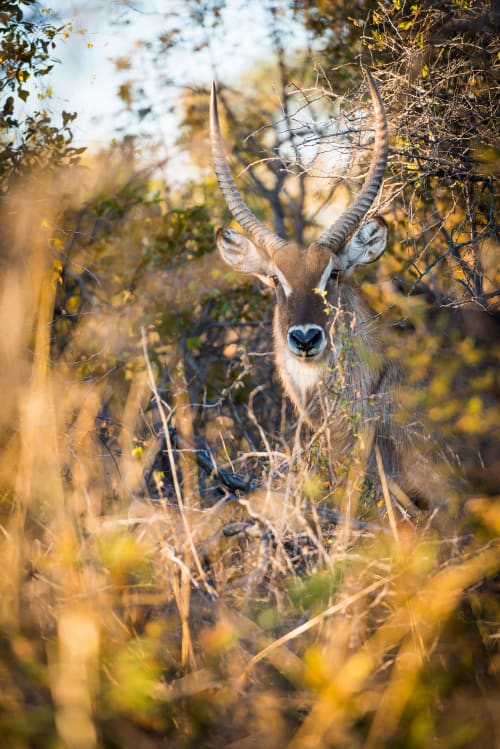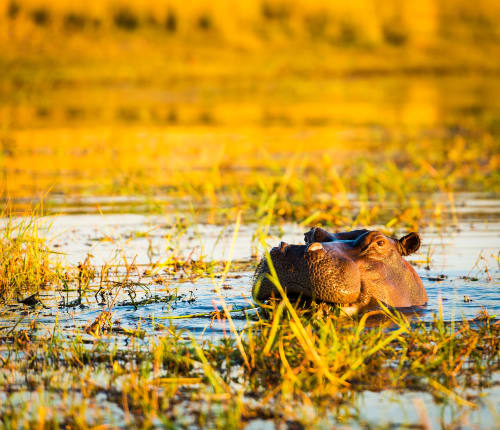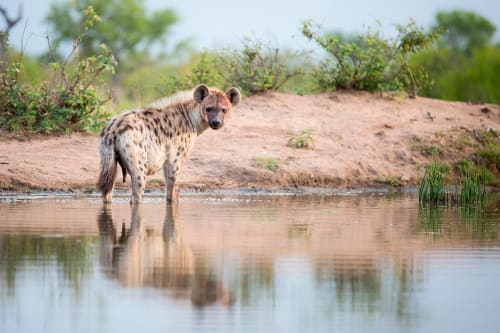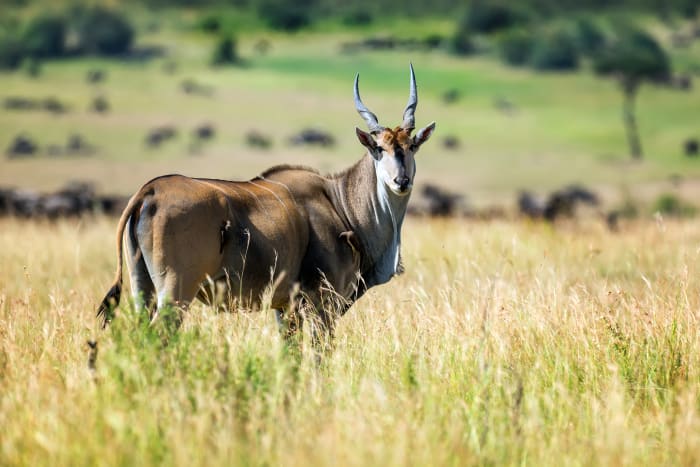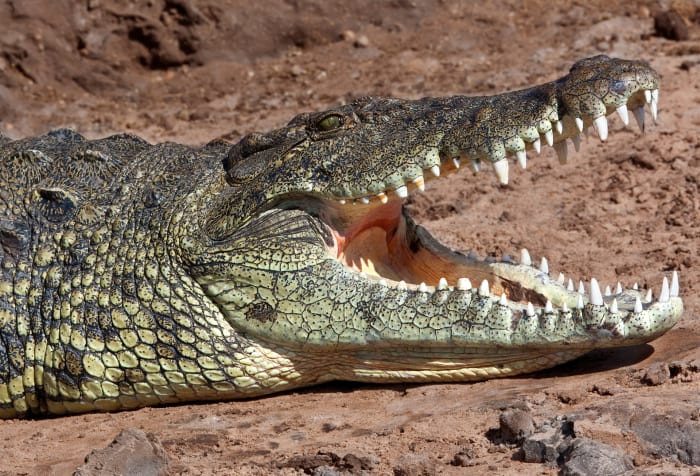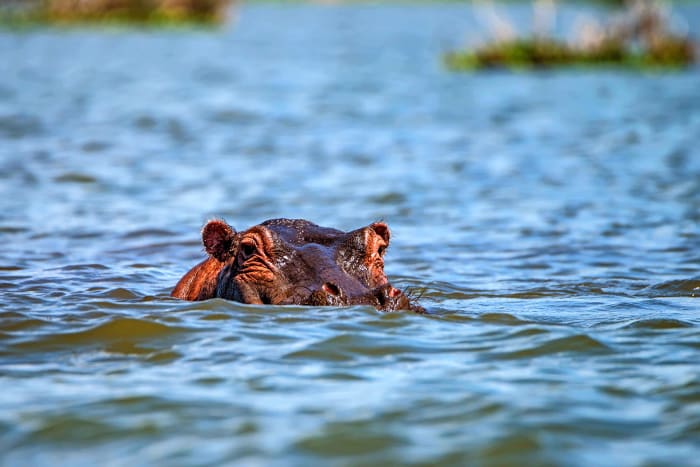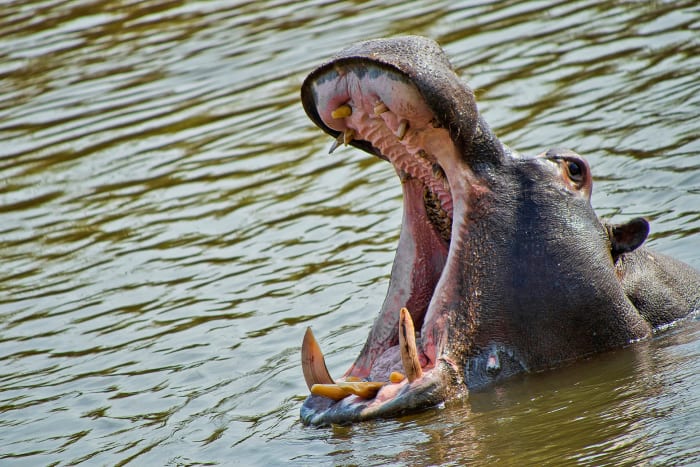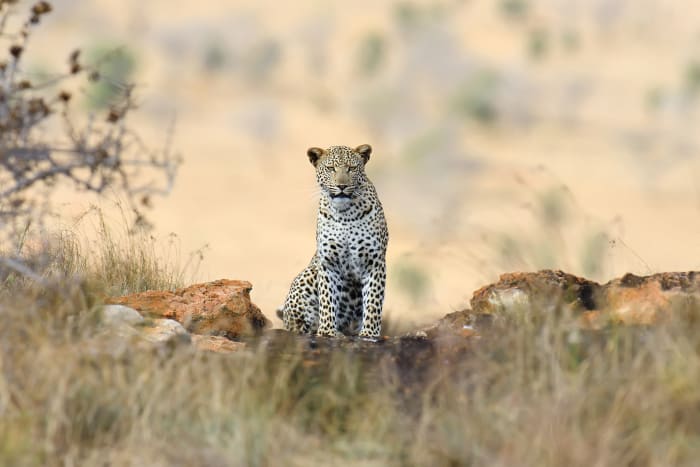The Mlawula is a Nature Reserve in Swaziland in the provinces of Lubombo. The park was established on - and covers an area of 0.165 km². The Mlawula offers the possibility of self-drive safaris.
The nature reserve is more reserved than its popular neighbour Hlane National Park. It is a wild reserve with beautiful, undisturbed bush, but wildlife is rather rare and shy. As there are no dangerous animals in the reserve, Mlawula is best explored on foot. With around 50 km of hiking trails, there are many ways to explore the area. Fishing and mountain biking are also allowed, but you need your own equipment. Bird watching is excellent, with over 350 species recorded. Raptors are particularly well represented.


